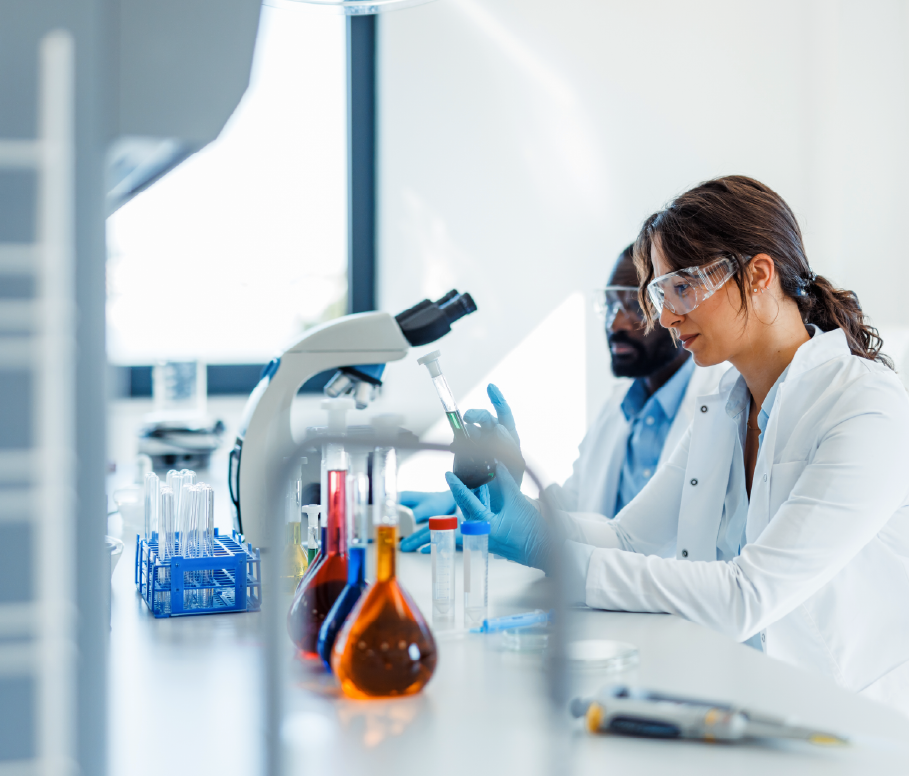This case study is based on an article published by the European Patent Office. The original article can be found here.
WHO: Laura van ‘t Veer, PhD and her team at the Netherlands Cancer Institute (NKI).
THE CHALLENGE: Breast cancer diagnoses and treatments cause physical and emotional stress in many facets of patients’ lives. Sadly, the number of women faced with the challenge of a breast cancer diagnosis is rapidly increasing. In 2020, there were 2.3 million new cases of female breast cancer worldwide, making it the most commonly diagnosed cancer. Scientists are working to improve treatment but, many aspects of the disease remain largely unknown, particularly regarding what makes each patient’s breast cancer unique. These gaps in knowledge can make it difficult to determine the best possible treatment on a case-by-case basis. And, without a granular understanding of a patient’s specific case, many women with breast cancer needlessly undergo treatments such as chemotherapy, which can cause significant physical discomfort, out of an abundance of caution.
THE OPPORTUNITY: Noticing that many breast cancer patients who were at low risk for tumor reoccurrence were still enduring the side effects of chemotherapy, Dr. van ‘t Veer used her previous work on the genetic traits of breast cancer tumors. Her passion for empowering women to take charge of their treatment decisions and developing groundbreaking technology lead to “MammaPrint.” This technology reads a patient’s genetic profile in hopes of helping to eliminate unnecessary treatment.
“[The patent is] very helpful because that’s what it’s all about, that whatever is found…can be used for the benefit of patients.” -Dr. van ‘t Veer
HOW IT WORKS: MammaPrint is a small, rectangular plate, or microarray, which analyzes the activity of 70 crucial genes related to cancer cell activity. The technology uses genetic material from a small, 3x3mm, sample of the patient’s breast tissue and runs it across the MammaPrint microarray. As the genetic material moves along the microarray, some of the patient’s genes will match with one of the 70 target cancer-controlling genes. The patient’s genetic profile is determined based on the number of genes that interact with the MammaPrint microarray. From there, the patients receive a score, which informs their provider about their relative risk for tumor reoccurrence, so that patients with low risk can forego chemotherapy.
Dr. van ‘t Veer obtained a patent for MammaPrint, which was co-founded by the breast cancer-centered molecular diagnostics company Agendia Precision Oncology, and is now distributing MammaPrint to women around the world. With the support of intellectual property like patents, Agendia has continued to develop more cutting-edge technology. For example, Agendia signed a patent-enabled strategic partnership to develop cloud-based treatment planning tools for women with breast cancer, helping women be more involved in their treatment plans remotely.
In a recent podcast, Dr. van ‘t Veer emphasized that, in part thanks to patent protections, she now knows what it takes to bring a scientific finding to a commercial setting. “[The patent is] very helpful because that’s what it’s all about, that whatever is found… in my case, cancer research… can be used for the benefit of patients.”


